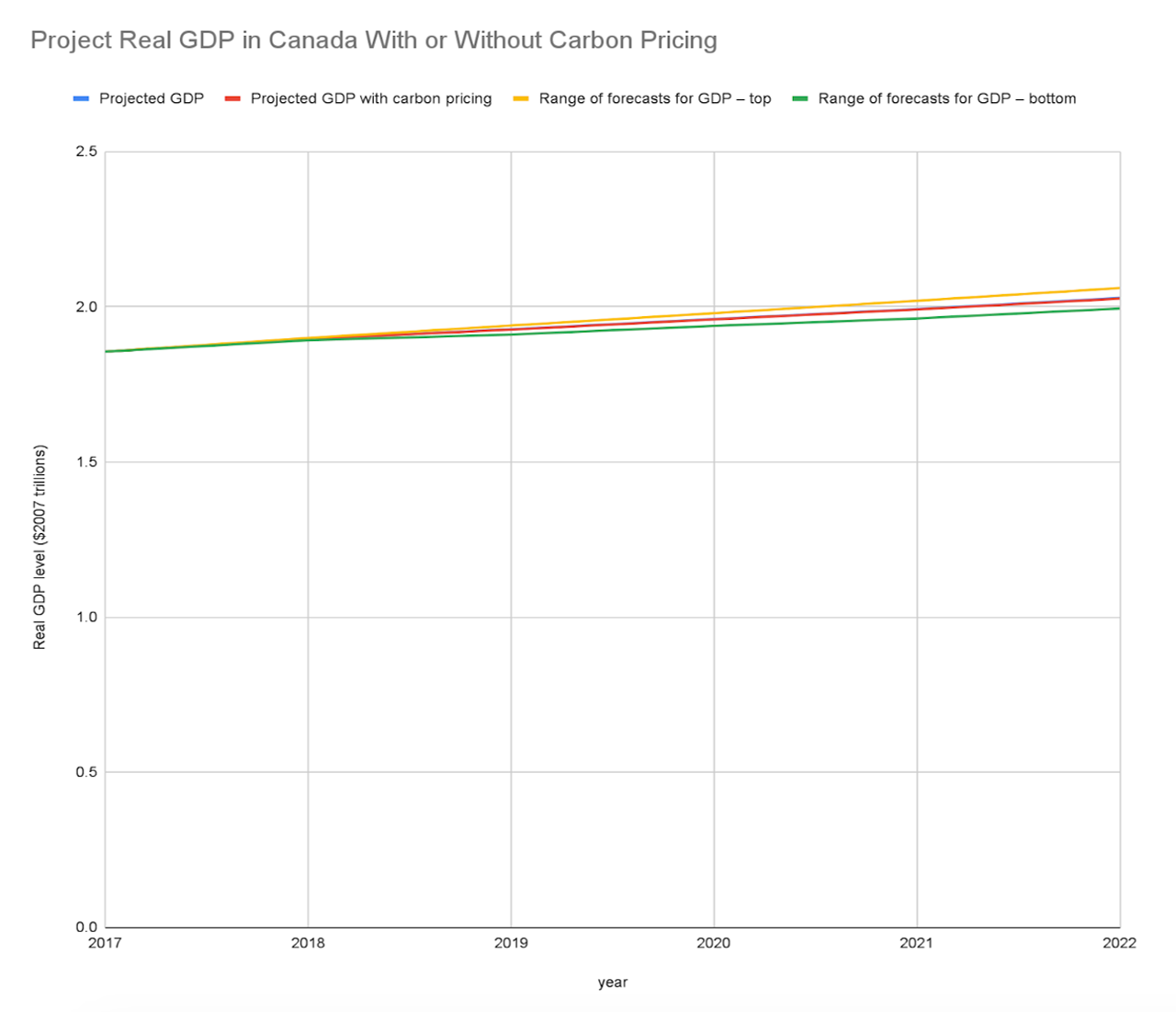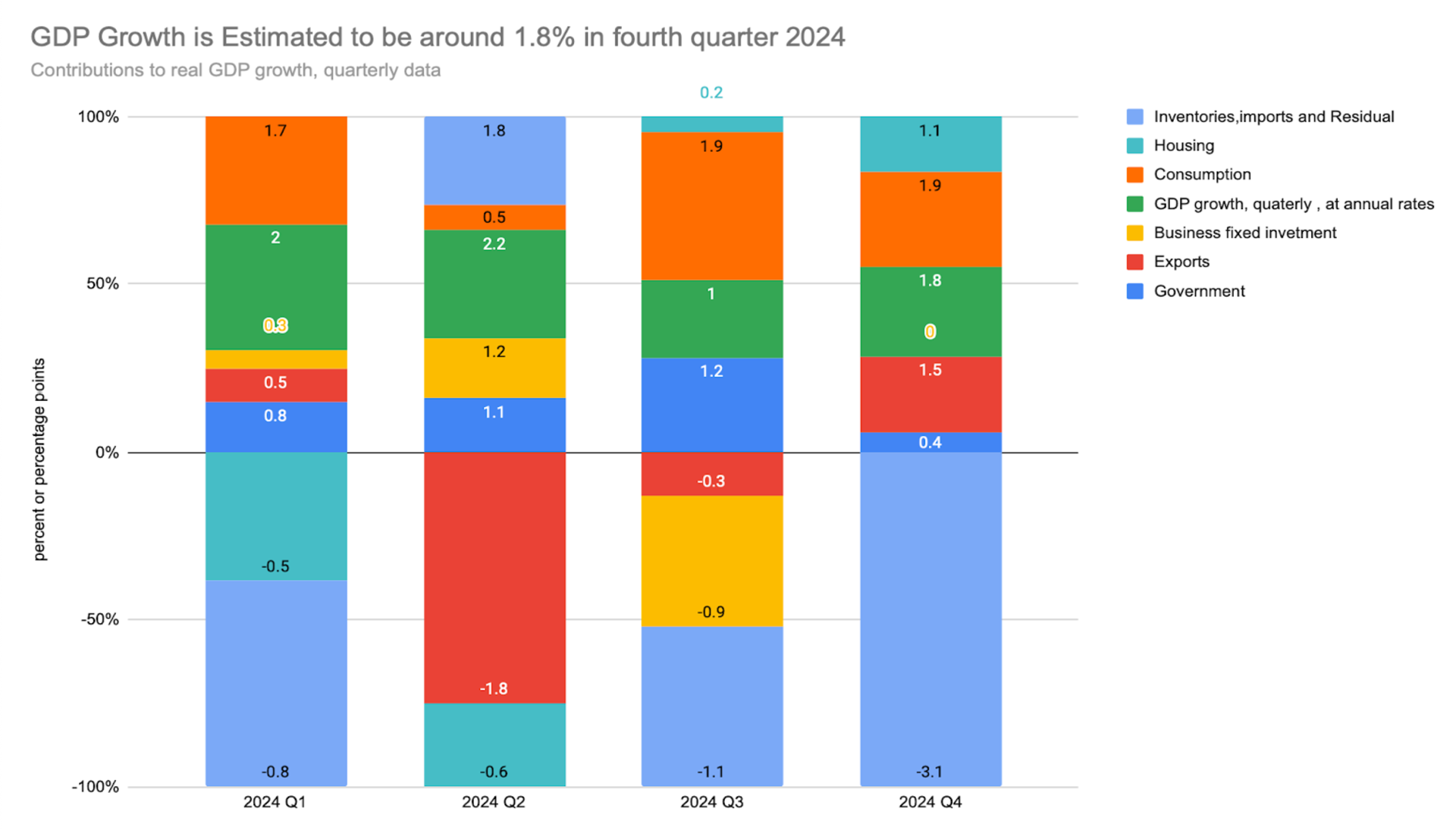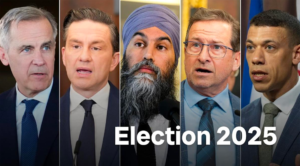Articles / What Sun Tzu’s Art of War Can Teach Us About Framing Canada’s Next Election?
What Sun Tzu’s Art of War Can Teach Us About Framing Canada’s Next Election?
“Those skilled in war bring the enemy to the field of battle and are not brought there by him.” – Sun Tzu, The Art of War.
In the high-stakes arena of Canadian politics, the battle to frame the next election is as much about strategy as it is about policy. Drawing inspiration from Sun Tzu’s The Art of War, we can explore how the Liberals and Conservatives might navigate the economic challenges of today to position themselves as the best-equipped party for Canada’s future.
One of the most controversial economic discussions for years has been about carbon pricing, a fundamental topic that is currently at the heart of electoral strategy. With affordability as their rising cry, the Conservatives, led by Pierre Poilievre, want to completely abolish the carbon tax, while the Liberals, led by Justin Trudeau (and perhaps Mark Carney), are changing their approach to prevent voter backlash.
This debate is not just about climate policy but about who can best manage Canada’s economy amid rising inflation, protectionist U.S. policies, and provincial divisions. Understanding the history of economic strategies employed by past governments provides insights into who is best equipped to navigate this turbulent landscape.
Canada’s Current Economic Landscape
Canada’s economy is facing challenges. Prices have stopped rising quickly and are steady around 2%. But there is uncertainty because of U.S. taxes on Canadian goods, and fewer people are finding good jobs. The economy is growing slowly. People are spending more money, and buying houses, but businesses aren’t investing much shown in Chart 1. This uncertain economy could cause a big political fight.
Economic Playbooks for Liberals and Conservatives
Looking at Canada’s economic history, we can assess how different governing styles have managed similar crises:
The Liberal Strategy: Investing in the People
Liberal governments have traditionally followed Keynesian economic principles, which emphasize government intervention to stimulate economic growth.
- 1945–1957 (Post-War Expansion): Louis St. Laurent’s Liberal government invested heavily in infrastructure and social programs, fostering economic stability and growth.
- 1990s (Debt Crisis Management): Jean Chrétien and Paul Martin used targeted spending cuts and tax adjustments to eliminate deficits while maintaining core public services.
2020–2022 (COVID-19 Response): The Trudeau government deployed massive fiscal stimulus ($511 billion in emergency spending) to support businesses and individuals.(Budget 2022).
The Conservative Strategy: Empowering the Market
The Conservative Party has historically favored free-market solutions, deregulation, and tax reduction as tools for economic growth.
- 1984–1993 (Mulroney Era): Privatized state-owned industries and signed NAFTA, increasing trade opportunities but also facing high deficits.
- 2006–2015 (Harper Government): Focused on balancing budgets and cutting corporate taxes, leading to economic stability but weaker public services (wikipedia)
2022–2024 (Poilievre’s Fiscal Discipline Message): Advocates “pay-as-you-go” budgeting, requiring new spending to be offset by cuts elsewhere (Wikipedia).
Liberal Party: Tariffs, Tax Cuts, and Carbon Pricing
Protectionist Policies: A New Battlefield
One of the biggest external threats to Canada’s economy is the resurgence of U.S. protectionism, particularly under a potential Trump presidency.
Trump’s 2025 tariff threats on Canadian aluminum and auto exports could cost up to 150,000 jobs in Ontario and Quebec. (Guardian)
Liberals’ Strategy: Carney advocates expanding trade with Europe and Asia to reduce reliance on the U.S., leveraging trade deals like CETA (EU) and CPTPP (Asia-Pacific).
The Carbon Tax: The Election’s Defining Battle
The carbon tax has become a symbolic and practical economic flashpoint. The Liberal government introduced it as a market-based tool to curb greenhouse gas emissions, with the promise that carbon pricing would not hurt the average Canadian because of rebate payments. However, recent polling suggests that the majority of Canadians now view it as an affordability issue, not an environmental one. Abacus data
- New Strategy: Shift the tax burden to large industrial emitters while promoting clean technology investments.
- Voter Target: Urban, progressive, and climate-conscious Canadians who want climate action but are concerned about affordability.
- Tactical Goal: Avoid fighting on Poilievre’s cost-of-living battlefield and shift to long-term economic transformation.
Conservative Strategy: Axing the Tax and Fighting on Affordability
Conservatives have made repealing the carbon tax his signature economic pledge, arguing that Canadians are struggling financially and that eliminating the tax will directly lower gas, grocery, and heating prices. Their position aligns with concerns that carbon pricing acts as a direct cost burden that contributes to inflation, a key argument highlighted by Fraser Institute, 2023.
Voter Target: Suburban, middle-class, and rural voters most affected by cost-of-living increases.
Tactical Goal: Keep the election focused on affordability and force the Liberals to defend rising costs.
However, economic projections suggest that the federal carbon pricing system has a minimal impact on national GDP growth as per Chart 2. Between 2018 and 2022, the application of the federal carbon pricing system in nine jurisdictions without their own regimes was estimated to affect average annual real GDP growth rates by less than one-tenth of one percentage point. By 2022, the difference in GDP amounted to approximately $2 billion, or 0.1% of GDP, with no measurable change in the overall economic growth rate.
Chart 2: Projected Read GDP in Canada with and without Carbon Pricing

Source: Government of Canada
Similarities to the U.S. Case
The debate over carbon taxes and affordability is not just in Canada, it has been a big issue in the United States too. In the U.S., Republican politicians have often opposed carbon pricing, arguing that it raises energy costs and hurts middle-class and rural families the most.
Washington State’s Carbon Fee Attempt: In 2018, Washington State proposed Initiative 1631, which aimed to charge large polluters a fee for their carbon emissions. The money collected would have been used for environmental projects. However, voters rejected this initiative, with about 56.6% voting against it. Ballotpedia.
Historical Perspective: Who Has Handled Economic Uncertainty Better?
Conservative Perspective – Fiscal Discipline
Historically, the Conservative Party of Canada has prioritized fiscal conservatism, advocating for lower taxes, reduced government spending, and free-market policies. Their approach to economic uncertainty has often involved deficit reduction, deregulation, and fostering private-sector growth.
The 1930s Great Depression: Under Conservative Prime Minister R.B. Bennett (1930-1935), the government initially responded with austerity measures, but as the crisis deepened, Bennett shifted toward interventionist policies, introducing a Canadian version of the “New Deal.” However, these efforts were too late to prevent his electoral defeat. (Canadian Encyclopedia)
The 2008 Financial Crisis: Under Prime Minister Stephen Harper (2006-2015), the Conservative government initially resisted stimulus spending but later introduced a $40 billion economic action plan, emphasizing infrastructure investment and corporate tax cuts. This response helped Canada recover faster than many other developed economies. (Canada’s Economic Action Plan)
Trade Agreements and Fiscal Policy: Conservatives have historically championed free trade, as seen in Brian Mulroney’s negotiation of the Canada-U.S. Free Trade Agreement (1988) and later NAFTA, which significantly boosted Canada’s economic growth. (Government of Canada)
Liberals Perspective- Government Spending and Social Safety Nets
Post-WWII Recovery: PM Mackenzie King invested in infrastructure, employment programs, and social welfare to boost the economy.Key policies included the introduction of family allowances in 1944, the implementation of unemployment insurance in 1940, and the passage of the National Housing Act in 1938 to improve housing affordability. (wikipedia)
1990s Deficit Cuts: PM Jean Chrétien and Finance Minister Paul Martin slashed spending, eliminating the deficit by the early 2000s. (Wikipedia)
COVID-19 Pandemic: PM Justin Trudeau launched massive relief programs like CERB and wage subsidies, helping people but increasing national debt. (Government of Canada)
Who Managed Crises Better?
- Conservatives focus on long-term fiscal stability but may delay needed intervention.
- Liberals act fast to protect people but risk high debt and inflation.
The Final Battle
Lessons from Sun Tzu: Framing the Battlefield
Sun Tzu’s wisdom from The Art of War suggests victory lies in controlling the terrain of battle. Conservatives will strive to maintain the electoral conversation on affordability, a battlefield advantageous to their fiscal message. Conversely, Liberals will attempt to shift voter attention toward economic resilience, climate strategy, and trade diversification as core long-term solutions.
Conclusion: Deciding Canada’s Economic Path Forward
The forthcoming election isn’t merely a contest of party policies but a decision on Canada’s economic trajectory amidst global uncertainty. A Conservative victory would usher in reduced taxes, decreased government spending, and deregulation aimed at immediate economic relief. In contrast, a Liberal win would mean continued investments in social infrastructure, stricter regulatory frameworks, and strategic international trade alliances.
Ultimately, the direction Canadians choose will significantly influence how the country navigates economic uncertainties, protectionist threats, and internal divisions over affordability and climate action.
- admin
Let’s Drive Growth Together
Reach out to us for a free consultation with ASBB Consulting!




